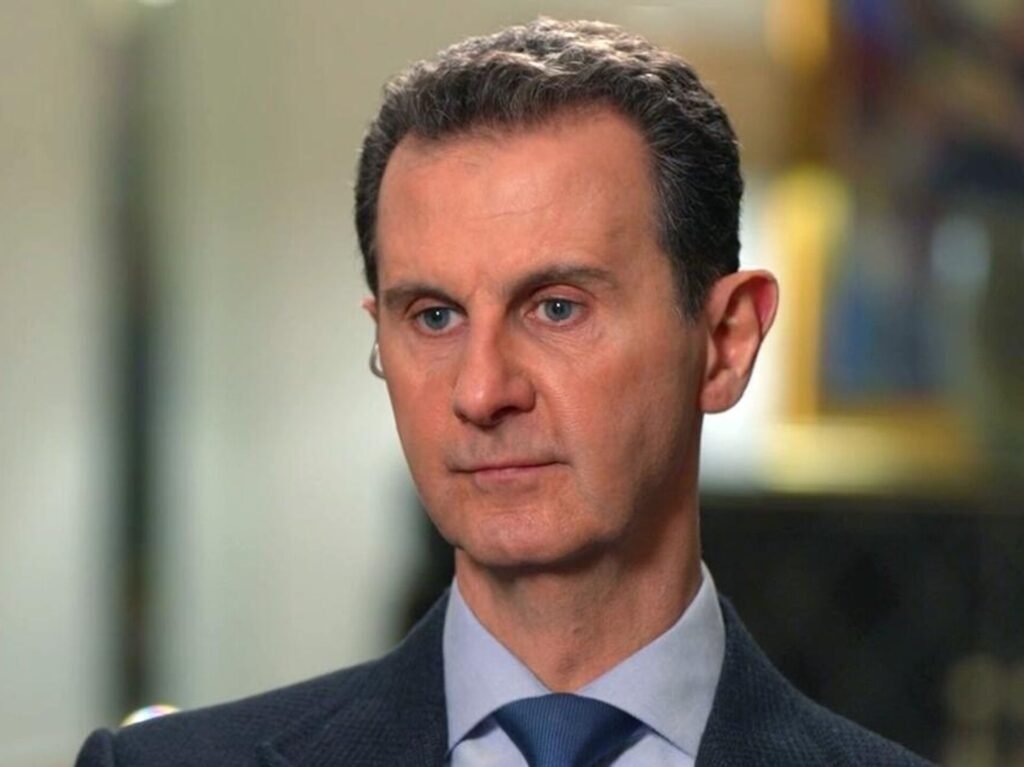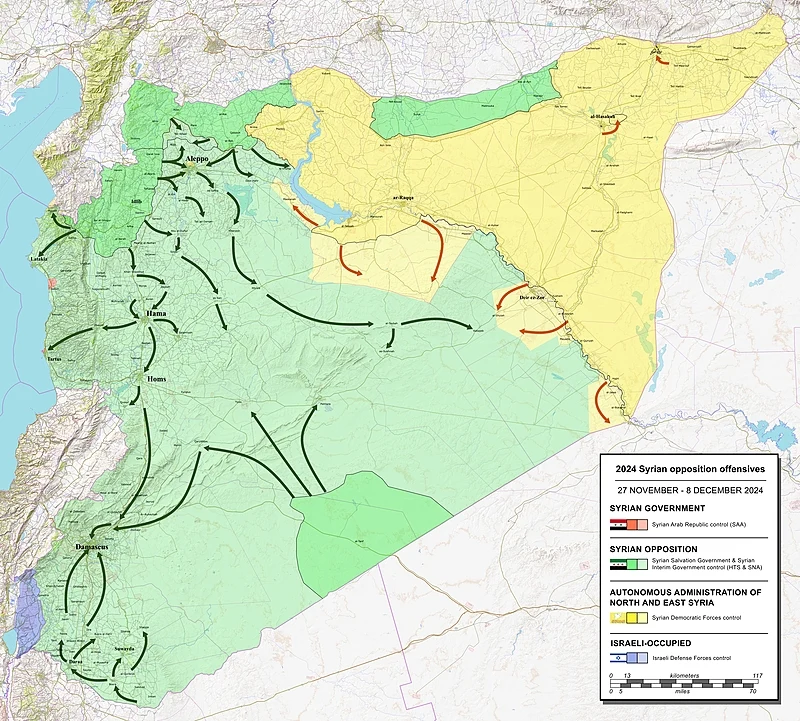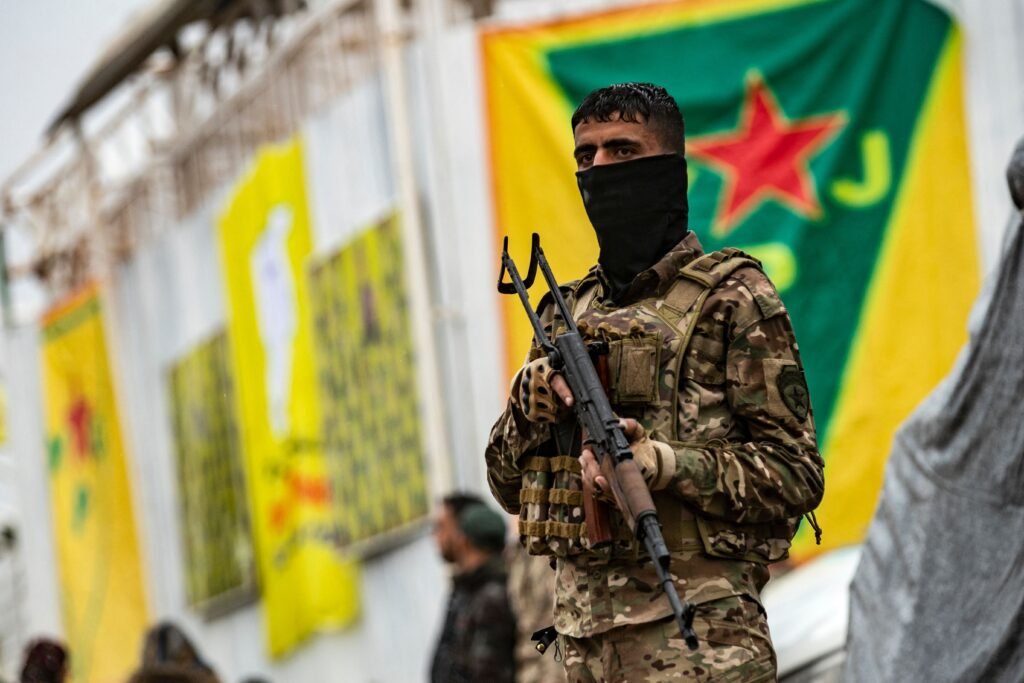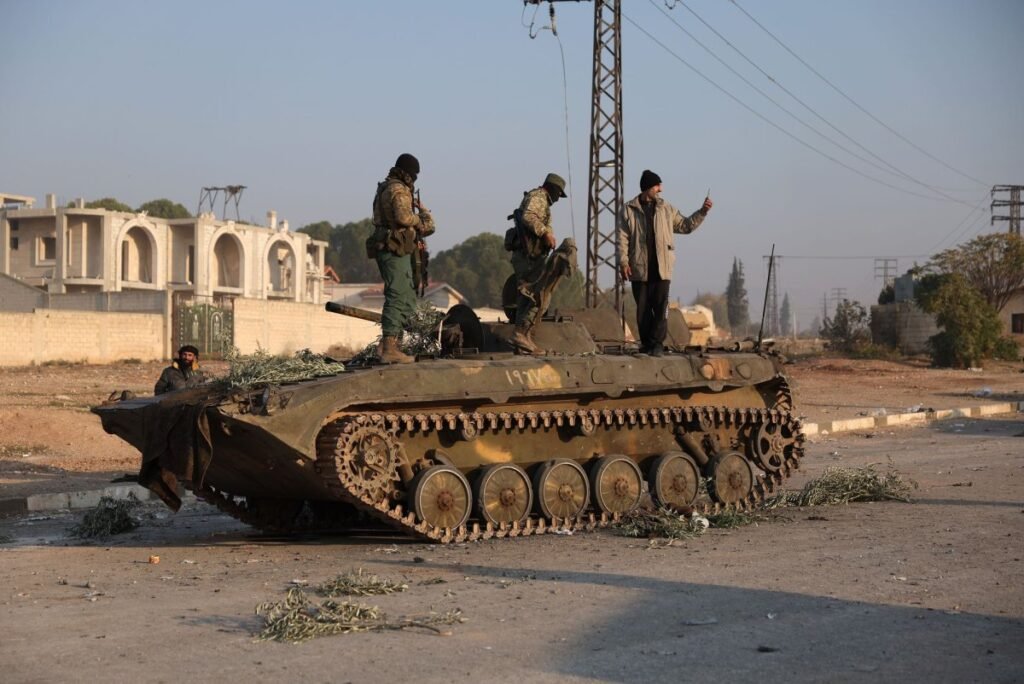
The dramatic overthrow of Bashar al-Assad’s regime in December 2024 marks a significant turning point in the history of Syria. The collapse of Assad’s rule, which had been bolstered by years of external military support and authoritarian repression, reveals the deeper imperialist strategies at play in the region and the enduring struggle of the Syrian people for genuine liberation. This development, while celebrated in some circles, also underscores the dangers of imperialist manipulation and the ongoing contest over Syria’s future.
Assad’s Overthrow: A Manufactured “Liberation”?
The rapid advance of opposition forces in late 2024 resulted in the capture of major urban centers and the eventual fall of Damascus. Assad’s flight from the capital marked the end of his 24-year reign, but not before his regime had devastated Syria with widespread violence and displacement. However, the forces that brought Assad down—backed by an array of external powers—are far from monolithic, and their motivations are deeply entangled with imperialist agendas.

For years, Syria has been at the crossroads of competing global interests, with Western powers, regional players like Turkey and Israel, and global powers such as Russia and Iran all seeking to shape the outcome of the conflict. The fall of Assad has provided an opportunity for Western powers to reposition themselves, leveraging proxy forces to install a government more compliant with their economic and strategic goals. This is not a victory for the Syrian working class or its oppressed peoples but a reshuffling of power to ensure imperialist control over the region.
Turkey, Israel, and the SDF: Divergent Agendas
The overthrow of Assad has intensified the geopolitical contest among Syria’s neighbors. Turkey has pursued a dual strategy: on the one hand, backing various Islamist factions within the opposition to secure influence in post-Assad Syria; on the other hand, continuing its military incursions against the Syrian Democratic Forces (SDF) in northern Syria. The SDF, a coalition of predominantly Kurdish militias, has been a key actor in resisting both ISIS and Turkish aggression. Turkey’s occupation of northern Syria and its targeting of the SDF reflect Ankara’s broader agenda to suppress Kurdish autonomy and maintain control over border regions.
Israel, meanwhile, has taken a cautious yet proactive stance. Long critical of Assad’s alliance with Iran and Hezbollah, Israel has increased its military activity in the wake of the regime’s collapse, targeting weapons transfers and establishing buffer zones to secure its northern borders. While Israel claims to be acting defensively, its actions further destabilize the region and perpetuate the cycle of external interference in Syria’s sovereignty.
The SDF and the Fight for Autonomy
The SDF, which played a central role in the defeat of ISIS, finds itself at a critical juncture. With Assad’s government toppled, the SDF has an opportunity to push for greater autonomy in Rojava, the Kurdish-majority region of northeastern Syria. However, it faces mounting challenges, including renewed aggression from Turkey, diminishing international support, and the potential encroachment of Islamist factions emboldened by Assad’s fall.
The SDF represents one of the few progressive forces in the Syrian conflict, advocating for a democratic confederalist model that emphasizes local governance, gender equality, and ethnic inclusivity. Yet, their vision stands in stark contrast to the agendas of imperialist powers and regional actors who seek to impose their will on Syria. For the SDF, survival and success depend on building solidarity with other oppressed groups in Syria and resisting the divide-and-rule tactics of external powers.


Imperialist Strategies: Energy and Geopolitical Control
Syria’s strategic location and energy potential have made it a focal point of imperialist rivalry. The country’s role as a transit hub for pipelines has long attracted the interest of Western powers, particularly in the context of countering Russian dominance in Europe’s energy markets. Assad’s 2009 rejection of the Qatar-Turkey pipeline, in favor of a rival project aligned with Iran and Russia, cemented his position as an adversary of Western energy interests.
The overthrow of Assad, while framed as a victory for “freedom” by some, serves as a stark reminder of the West’s willingness to exploit internal conflicts for geopolitical gain.

By backing opposition forces—including Islamist factions with questionable legitimacy—imperialist powers have further fragmented Syria, prioritizing their own interests over the genuine aspirations of the Syrian people.
A Struggle for Liberation
The fall of Assad’s regime presents both risks and opportunities for Syria. The risks are clear: a potential resurgence of extremist groups, increased foreign interference, and the marginalization of progressive forces like the SDF. The opportunities, however, lie in the possibility of building a new political framework that prioritizes the needs of Syria’s workers, women, and ethnic minorities over the interests of imperialist powers and regional elites.
To achieve this, Syria’s diverse communities must resist co-optation by external forces and work toward a genuinely inclusive and democratic future. The international left has a critical role to play in supporting these efforts, from opposing imperialist interventions to amplifying the voices of grassroots movements within Syria.


The overthrow of Bashar al-Assad is not the end of Syria’s struggle—it is merely a new chapter in a long and complex fight for liberation. While imperialist powers maneuver to secure their dominance, the Syrian people remain the true protagonists of this story. Their resistance to exploitation, oppression, and foreign domination will ultimately determine whether Syria emerges as a beacon of self-determination or a cautionary tale of imperialist intervention.

